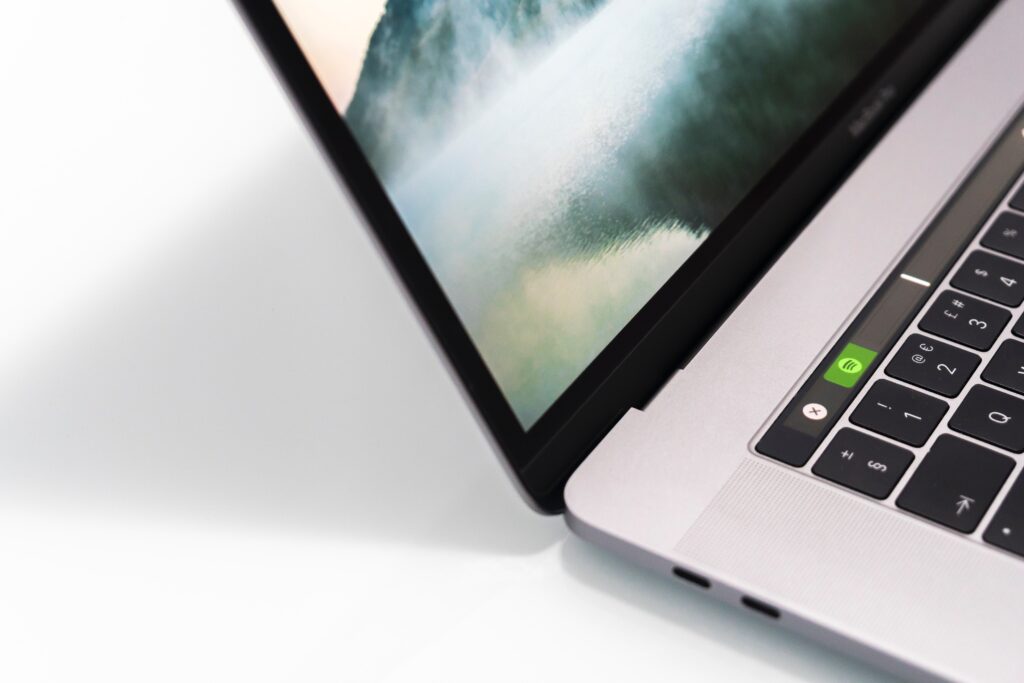The history of Apple Mac computers dates all the way back to 1976 when Steve Jobs, Steve Wozniak, and Ronald Wayne founded Apple Inc. From its humble beginning as an ambitious and forward-thinking startup, it has evolved into one of the most recognisable brands in the world. Today, millions of people enjoy using Apple products around the globe. But how did we get here? In this blog post, let’s take a look at the timeline that shaped Apple’s long journey from a tiny garage operation to a major player on the technology front!
Tim Cook’s Contribution to the Evolution of Apple Mac Computers
Since taking over as CEO of Apple in 2011, Tim Cook has played a significant role in the evolution of Mac computers. One of his greatest contributions has been the company’s focus on design and innovation. Cook led the development of the sleek and powerful MacBook Pro, which has become a favourite among professionals in various industries. Additionally, he has overseen the launch of powerful desktop computers like the iMac Pro and Mac Pro, offering unrivalled performance capabilities. Cook has also championed the integration of powerful software within Apple’s computers, making them powerful tools for creativity and productivity. Thanks to Tim Cook’s leadership, Apple Mac computers have become synonymous with innovation, quality, and reliable performance.

An Overview of the First Apple Mac Computer
The first Apple Mac computer was a game-changer in the world of computing. It was designed to be user-friendly, unlike its predecessors, and boasted a graphical user interface that made it easier for users to navigate. The Mac featured a 9-inch black-and-white screen, 128k of memory, and a mouse. It was released in 1984 and became an instant hit, revolutionising the way people used computers. Its success paved the way for future Apple products, and it remains an iconic piece of technology to this day. The first Apple Mac was a true innovation that set the standard for modern computing, just as Steve Jobs, its co-founder and driving force, intended.
How Steve Jobs Changed the Course of Mac History
Steve Jobs has become a legend in the tech world and for good reason – he was a true visionary who revolutionised the way we interact with technology. When Jobs returned to Apple in the late 90s, the company was in dire straits. However, with Jobs at the helm, Apple quickly turned things around and began creating products that would change the world. Jobs’ most notable impact was on the Mac, which he transformed from a niche product to a ubiquitous tool that is now used by millions. By introducing features such as the graphical user interface and the mouse, Jobs forever changed the course of Mac history and the way we approach computing.
How Technology Has Evolved Over Time in Apple Computers
Apple computers have come a long way since the company was founded in 1976. From the first Apple computer, which was nothing more than a wooden box housing a few wires and a keyboard, to the modern MacBook Pro, which boasts high-speed processors, crisp graphics, and a touch bar, it’s been quite a journey. The evolution of technology in Apple hardware has been nothing short of impressive and has revolutionised the way we interact with computers. With every new iteration, Apple has pushed the boundaries of what is possible and that’s what makes their products exciting to follow. The future is bright for Apple computers, and one can only imagine what the next great technological advancement will be.

The Advantages and Disadvantages of Different Generations of Computers
With the advancement of technology, computers have evolved over time, leading to different generations of computers. Each generation has unique advantages and disadvantages. The first generation of computers was enormous in size, used vacuum tubes, and consumed a lot of power. However, they paved the way for further advancements in computing technology. The second generation of computers saw the use of transistors, and they were faster and more reliable. Third-generation computers employed integrated circuits, making them smaller and faster. Fourth-generation computers saw the use of microprocessors and increased connectivity. There are advantages and disadvantages to each generation, and understanding their differences can help in making an informed decision.
The Future of Apple Mac Computers
As technology continues to advance at a rapid pace, the future of Apple Mac computers looks promising. Apple has always been known for its innovative products and the Mac is no exception. With faster processors, improved graphics, and sleek designs, the next generation of Mac computers is sure to impress. Additionally, Apple has made a commitment to sustainability and plans to make their products more environmentally friendly in the coming years. With advancements in technology and a strong commitment to sustainability, the future of Apple Mac computers is looking bright.
Are you interested in learning more? Contact the team at A Vintage Affair Rentals today!